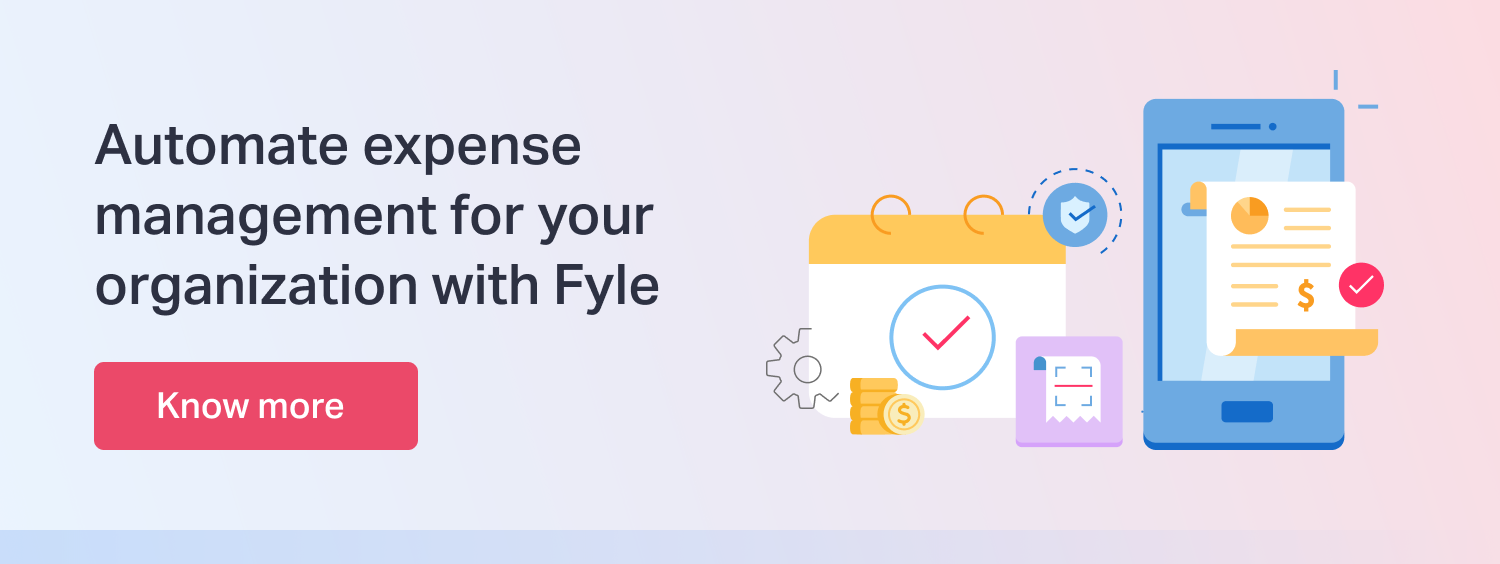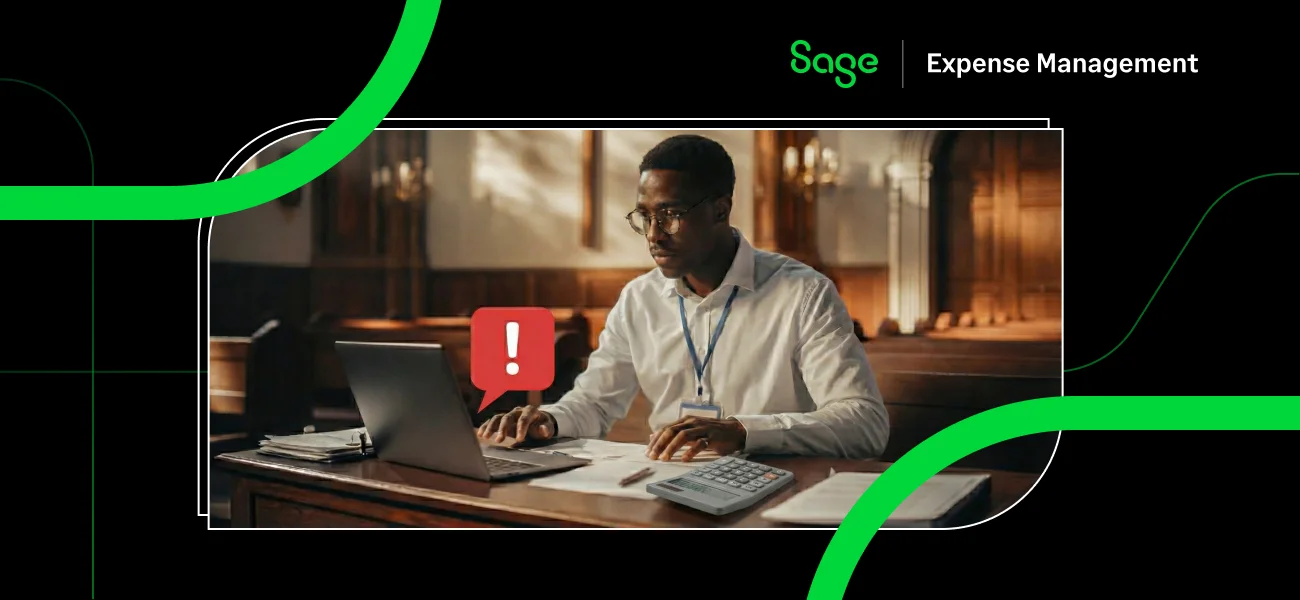Is it time to start preparing for the next recession?
According to KPMG, 91% of CEOs predict a recession in the next 12 months, and 79% have already implemented plans. Of course, there’s no absolute, concrete way of knowing exactly when a recession will hit. But, being an inevitable and necessary part of the economic cycle, recessions are best dealt with proactively.
Preparing for a recession can help you do more than survive. It can present opportunities for increased resilience and competitive growth. But how do you do it?
Before we discuss how to prepare for a recession, let’s clear up a common question: what is a recession, and why do they happen?
What Is A Recession?

A recession is a sustained period of significant economic decline in which business and consumer activity slow down. It’s declared when a nation's economy shrinks for two consecutive quarters or more, measured by a negative growth in gross domestic product (GDP).
Its characteristics are infamous—soaring unemployment rates, depleting retail sales, falling average incomes, and bankruptcies.
But why do they happen? The most common forces that trigger recessions include:
- Excessive debt
- Oversupply
- Unpredicted world events and economic shocks
- Production and consumption imbalances
- Excessive inflation or deflation
- Asset bubbles
The after-effects of a recession are often felt long after it’s officially over. Take COVID-19, for example, which caused a near-global economic downturn and a U.S. recession that many are still pulling themselves out of today. What might surprise you though, is that the pandemic recession was actually the shortest in U.S. history, lasting just two months.

So, it’s not enough to simply reserve some funds to cover a few months of slow business. Surviving a recession requires intricate, long-term strategy and planning. As a CFO or business owner, you must consider all of the phases of the recession if you want to emerge as unscathed as possible.
What Happens During A Recession

A recession has six phases that require identifying in their own right. They are as follows:
The Early Warning Phase: Consumer Spending Slows Down
Before a recession hits, there are often unmistakable warning signs of its imminent arrival. Alongside slowly rising unemployment and interest rates, you’ll notice a lull in consumer spending. This is precisely the time to take action.
The Cost-Cutting Phase: Businesses Implement Cost-Cutting Measures
During the Cost-Cutting Phase, businesses will cut back on non-core expenses and trim their resources. Generally, this involves cutting capital spending, reducing prices, and scaling down non-core operations.
The Adaptation Phase: Businesses Adapt Through Innovation
Innovative adaptations are made to business models to mitigate the financial impact of the recession. McKinsey discovered that some industries, such as those within pharma and medical, consciously increase their focus on innovation during times of economic crisis. This is to meet shifting consumer needs and address new growth opportunities presented by the changing landscape.
The Survival Phase: Cash Flow and Liquidity Are Top Priority
Keeping an eye on cash flow and liquidity to avoid sliding into the red becomes crucial. During this phase, businesses aim to survive by any means necessary—liquidating assets, recovering outstanding receivables, and laying off employees, for example.
The Recovery Phase: Business Growth Slowly Resumes
The Recovery Phase marks the onset of economic improvement. Rising employment, retail sales, shipping activity, stock markets, and bank lending are the leading recovery indicators. If businesses make it to this phase, they can cease drastic measures but must exercise considerable caution when implementing growth activities.
The Post-Recession Phase: Focus On Learning And Resilience
Recessions can offer valuable lessons that improve long-term business sustainability. During the Post-Recession Phase, businesses reflect on their experience and extract value from their actions. In alignment with the current landscape, they can identify new growth opportunities and create more resilient business models.
Risks of Recession as of October 2023
The Federal Reserve raised interest rates in 2022 to combat inflation. In January 2022, inflation in the United States was at an all-time high of 6%, way above the Fed’s initial target of 2%. The Fed continued to incrementally increase interest rates throughout the year, which continued into 2023 as well. This is why many economists expected a recession in 2023.
However, a lot of economic data points showed positive signs, some of which were:
- The rate of inflation went down to 3.7% as of September 2023
- GDP grew by 2.1% in the second quarter
- The job market began to grow
- The unemployment rate went down to 3.8% in September 2023
8 Ways for Businesses To Prepare for an Economic Downturn
Here are eight best practices that you can use to prepare for a recession and protect your business from bankruptcy.
1. Ensure Long-Term Stability Through Financial Planning
Financial forecasting and planning are key to preparing your business for potential financial risks, such as a recession. It involves anticipating economic downturns (and upturns) using historical and current data and aligning these expectations with your projected cash flow.
Strategic financial planning enables you to mitigate the long-term financial impact of potential recessions. Using the data accrued from your forecasts and looking at your operating expenses, you can create precise emergency cash reserves that cover 10-12 months of business operations. Or more if you deem it necessary.
2. Consider Diversifying Income Streams
If you’re in an industry that’s prone to be severely affected by the recession, diversifying your income stream can be the way to go.
Expanding your product line to add new, recession-proof products can unlock the door to a new target market and drive sales in trying times. Similarly, you could infuse your product or service with new features or create passive income sources, such as ebooks or podcasts.
Another option is to curate customer loyalty and, in turn, negotiate your terms with these customers to amplify your cash flow and profitability. As well as increasing your value proposition with a killer sales pitch, you can offer premium products, exclusive services, subscription payment models, and more.
And, of course, you can try diversifying your investments to hedge against recession-related risks. Hire an accountant if you don’t have one to help you manage your various income streams and accurately gauge cash flow.
3. Educate Oneself About Business Insurance
If you’re trying to cut costs, it’s tempting to see business insurance coverage as expendable. However, business insurance can be the key to continuity in the face of a recession.
Business insurance policies can protect business assets, owners, and professionals against legal costs, business interruption, supply chain breakdowns, and a host of other issues that recessions trigger. Business interruption coverage, for example, recovers money lost through the side effects of a recession, protecting you against unforeseen loss of income.
Educate yourself about business insurance to ensure that you have adequate coverage in the event of a recession. Instead of cutting the cost completely, shop around for lower rates.
4. Audit Business Spending And Eliminate Non-Core Expenses
Customers spend less during a recession, so you must follow suit. If your outgoings exceed your incomings, you will generate a negative cash flow. One way to combat this is to audit your business spending and weed out operating expenses that aren’t core to profitable business operations.
Fundamentally, non-core expenses and activities generate little to no profit. They usually include things like fancy office supplies, software, and restructuring costs.
Conduct an audit to identify expenses and activities that aren’t core to profitability. Can you reduce your spending on these activities by shopping around for a cheaper alternative? Can any expenses be eliminated entirely?
What about hybrid and remote working? With current technology and trends, such as remote screen sharing, hotdesking, and internal communication platforms, your on-site office costs can be significantly reduced.
77% of workers would actively search for or be open to a new job if their company rolled back flexible work policies. With flexible work options, you can reduce expenses and increase employee morale—a win-win situation.
5. Adopt Technologies That Will Enhance Business Efficiency
Through digital transformation and the adoption of new technology, you can increase efficiency across all departments. Take your phone technology, for example. It’s much cheaper and more efficient to communicate via VoIP voice phone call, video, and messaging than it is to communicate via traditional phone systems.
Other examples include workflow automation tools, cloud computing, ERP (Enterprise Resource Planning) systems, AI, and machine learning solutions. After an initial investment, you can reap the benefits of modern, efficient technology.
6. Implement Sustainable Adjustments To Your Current Business Model
How can you adapt your business model today to future-proof it for tomorrow?
Businesses that get hit the hardest by recessions often overlook the value of sustainability over business growth. Sure, your business model may be generating growth today, but what if an unforeseen economic downturn were to occur? Would your business plummet from the heights—or would it coast and survive?
Take a look at your business model and analyze its potential for long-term sustainability. Use insights gathered from your financial forecasts, competitive analysis, market research, and other data sources to make strategic, forward-thinking changes.
7. Apply For Government Assistance Programs
There may be government assistance programs that you can take advantage of. These assistance programs aim to help businesses—small businesses in particular—navigate economic slumps and hardship. Some programs to check out include:
- State Small Business Credit Initiative (SSBCI)
- Small Business Lending Fund (SBLF)
- Office of Small and Disadvantaged Business Utilization
8. Communicate Business Challenges With Employees
Recessions are tough for everyone, and your staff will be anxious about their job security. Communicating your business challenges during this time can help alleviate some of their worries.
Hold meetings to discuss business challenges. Explain your business’s current and future financial state in your corporate email newsletters. You can even send pre-recorded voicemail messages using a voicemail drop service, verifying that employees receive the most up-to-date information at all times.
Some FAQs Around Recession
What Happens in a Recession?
Economic downturns with negative GDP growth, rising unemployment, and falling consumer spending are some things that happen during a recession. Interest rates also decline as the Federal Reserve Bank cuts rates to support the declining economy.
When Was the Last Recession?
February – April 2020, during the COVID-19 pandemic.
How Long Does A Recession Last?
The average U.S. recession lasts about 17 months, but they can vary in length. The longest recession in U.S. history was the Great Depression, which lasted from 1929 to 1939.
Recession Proof Your Business With Sage Expense Management (Formerly Fyle)
Although recessions can feel pretty terrifying, they don’t have to destroy all of your hard
work. With the right preparation, you can put strategies in place to survive a recession and emerge even stronger than before.
As outlined above, your most vital defensive tactics include financial forecasting and expense auditing. These activities enable you to make strategic business decisions, such as setting accurate cash reserves, making data-informed spending decisions, and optimizing your resources.
Here’s where an expense management software like Sage Expense Management comes into the picture. It can help recession-proof your business by:
- Optimizing business spending: You can identify and eliminate unnecessary spending, optimize vendor relationships, and negotiate better rates.
- Improving financial efficiency: Automate manual processes, streamline workflows, and reduce administrative costs.
- Enhancing financial visibility: Get real-time insights into spending patterns, identify potential risks, and make informed decisions.
- Automating compliance: Easily enforce spending policies, detect fraud, and ensure regulatory compliance.
- Boosting employee productivity: Eliminate time-consuming expense reporting tasks, allowing employees to focus on core business activities.
- Enhancing financial forecasting: Accurately forecast expenses, improve budget planning and make informed financial decisions.




















